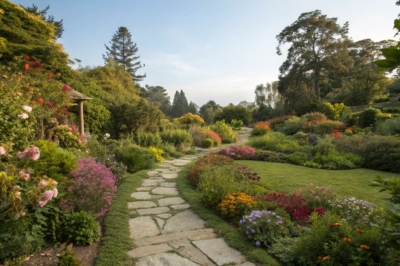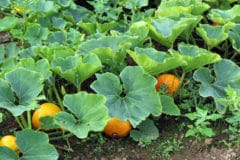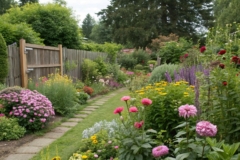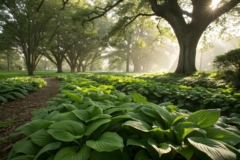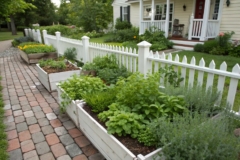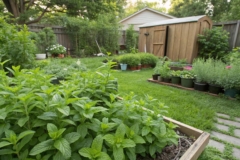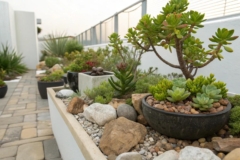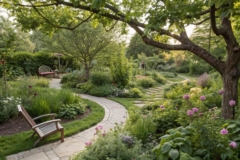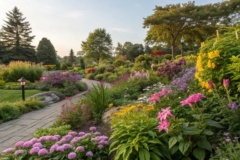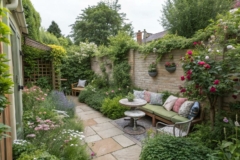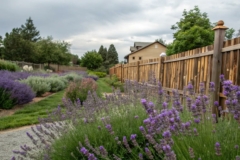1. Craft a Shade Garden
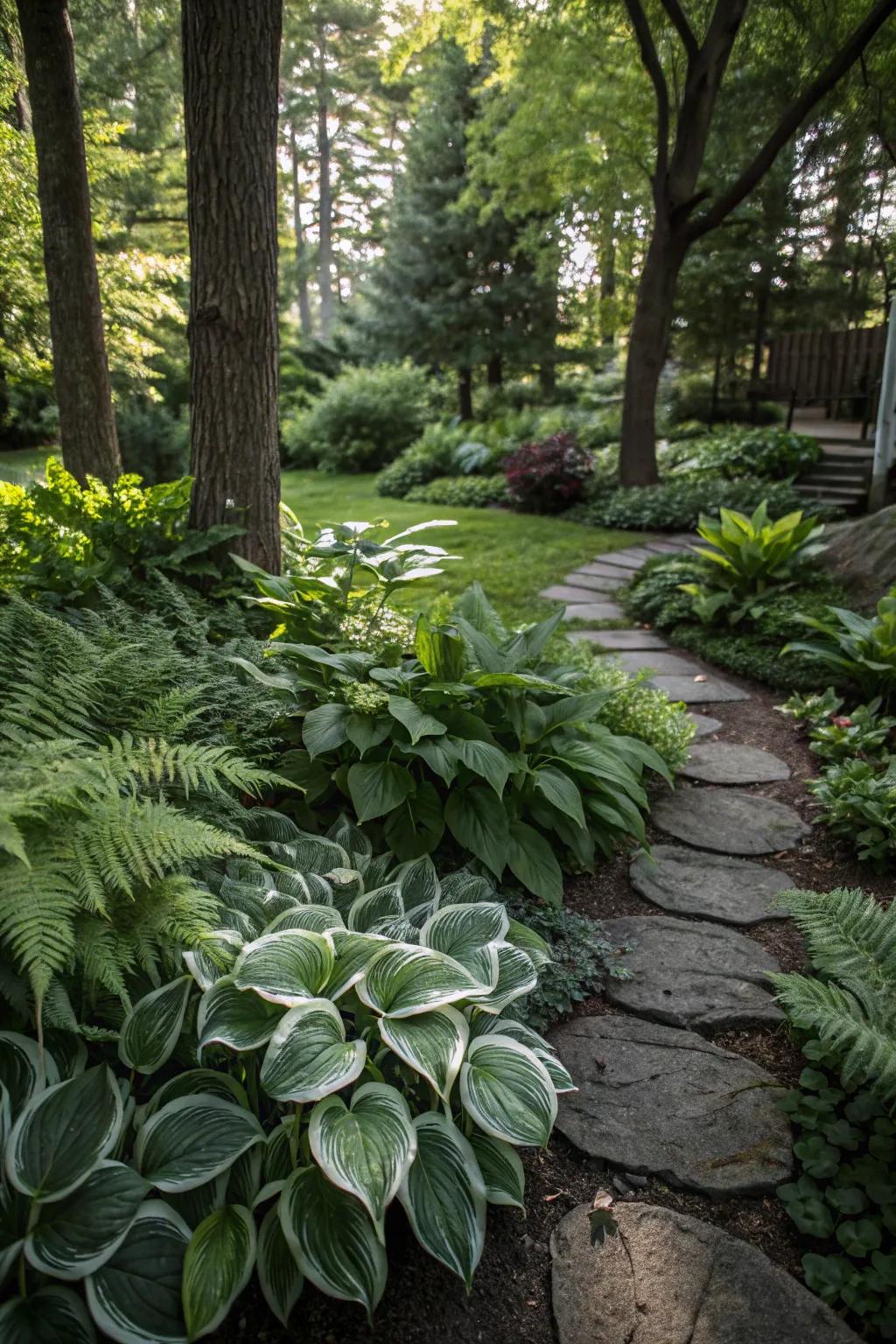
Use hostas and ferns to create a lush, shady retreat. These plants thrive in the cooler, shaded areas typical of many Zone 6a gardens.
Explore these options:
- Shade-Loving Plant Fertilizer: Enhance your shade garden’s growth with this specialized fertilizer for healthy hostas and ferns.
- Stepping Stones for Garden Pathway: Create charming paths through your garden with durable and decorative stepping stones.
- Outdoor Garden Bench: Relax in your serene shade garden with a comfortable and stylish outdoor bench.
2. Design a Winter Garden
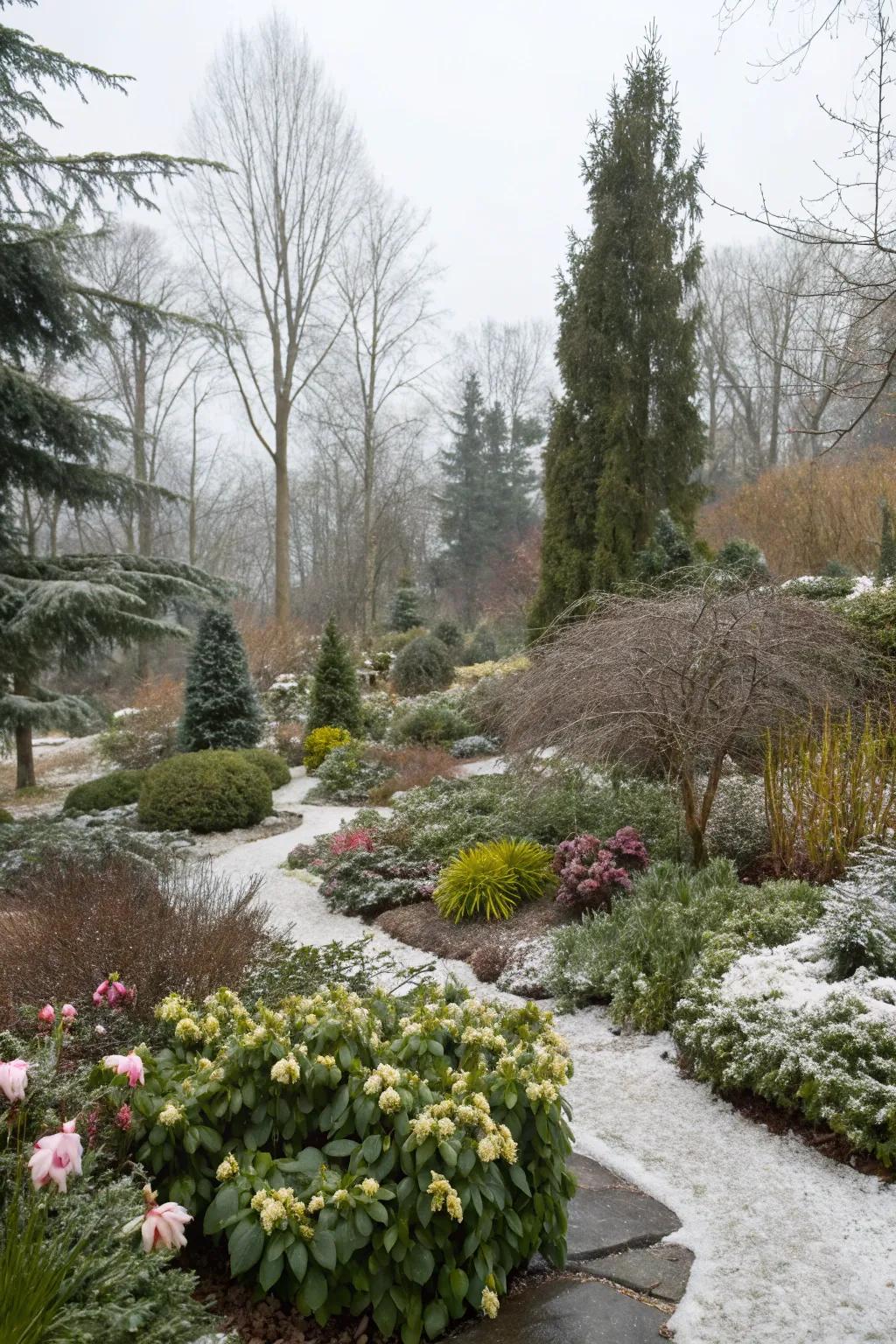
Use evergreens and winter-blooming plants like witch hazel and hellebores to ensure year-round interest. These hardy plants brighten even the dreariest winter days in Zone 6a.
Maybe worth checking out:
- Winter-Blooming Witch Hazel Seeds: Plant these witch hazel seeds for vibrant winter blooms that awaken your garden in Zone 6a.
- Hellebore Perennial Plants: Add hellebore perennials to enjoy hardy, colorful blooms throughout the colder months.
- Evergreen Tree Starter Kit: Ensure year-round greenery in your garden with this comprehensive evergreen starter kit.
3. Set Up a Relaxing Garden Nook
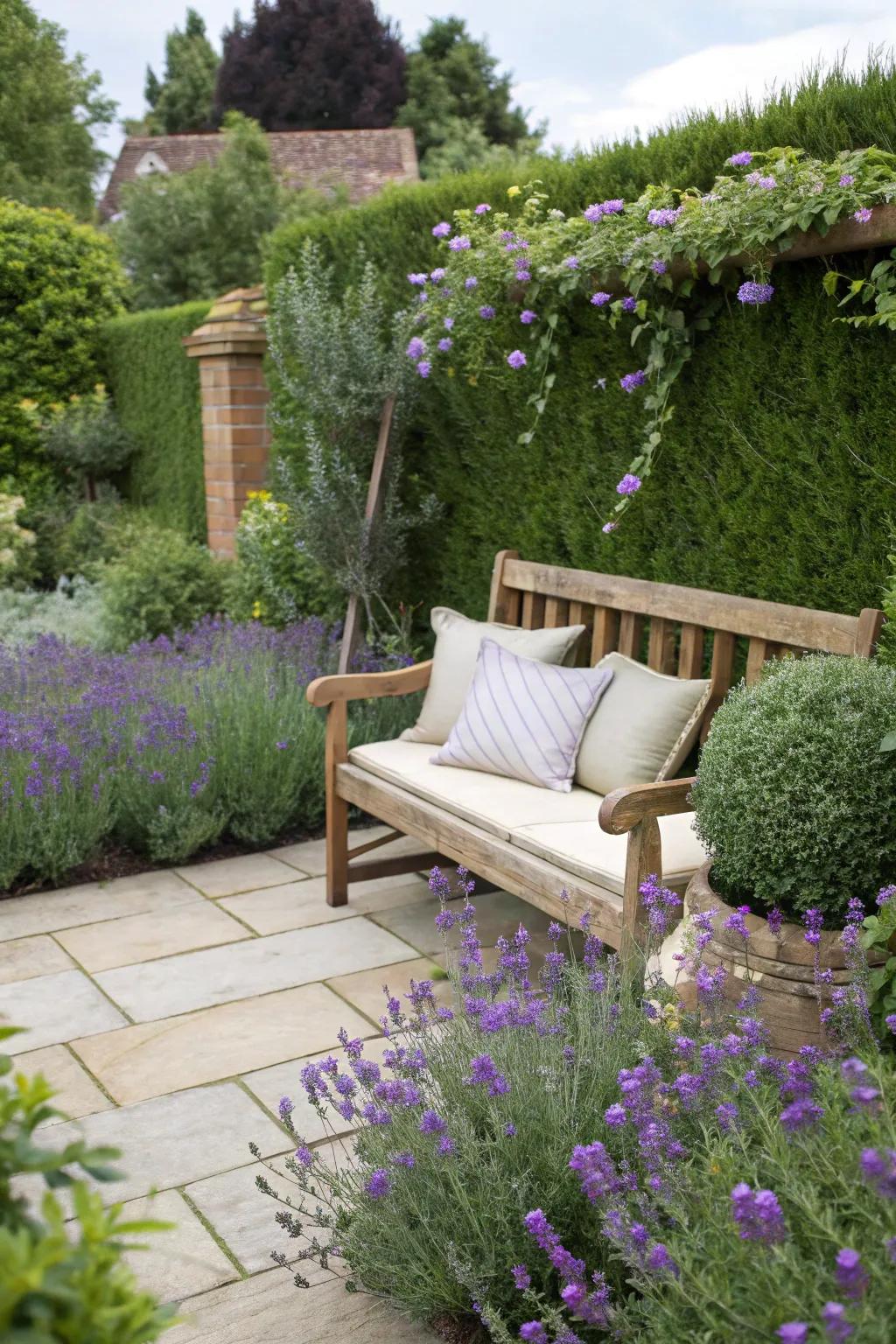
Create a cozy seating area surrounded by fragrant plants like lavender and rosemary. It’s a perfect spot to unwind and enjoy your garden’s beauty.
A few choices to try:
- Outdoor Wooden Bench: Enhance your garden nook with a charming wooden bench, perfect for relaxation and style.
- Lavender Plant Set: Invite serenity with fragrant lavender plants, ideal for a soothing and aromatic garden nook.
- Garden Cushion Set: Add comfort to your seating area with plush garden cushions made for outdoor lounging.
4. Create a Colorful Perennial Border
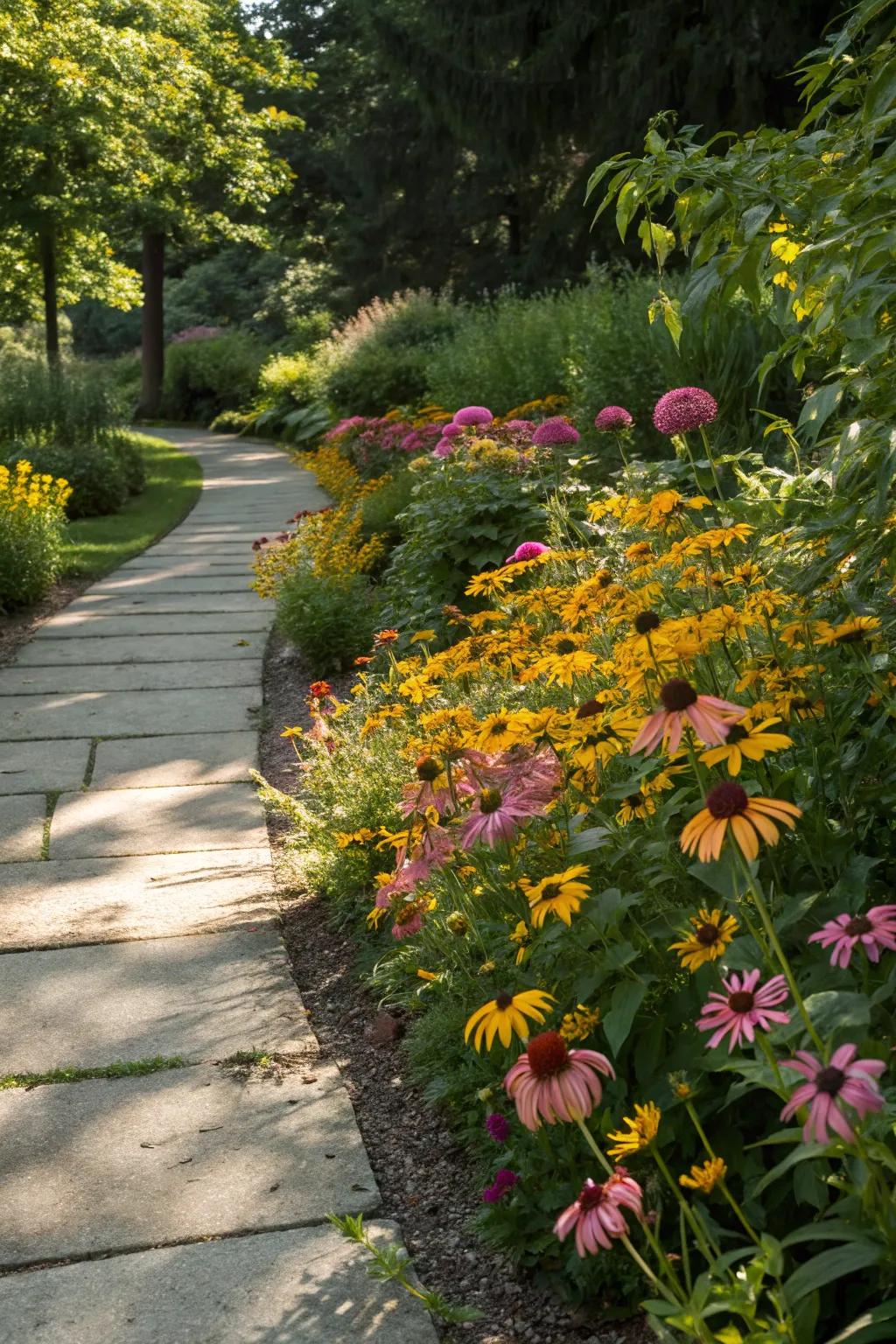
Line your garden pathways with a mix of blooming perennials like coneflowers and black-eyed Susans. They not only add color but also require minimal maintenance, making them perfect for Zone 6a gardens.
A few suggestions:
- Perennial Flower Seed Collection: Enhance your garden with diverse perennials for vibrant, low-maintenance color all season long.
- Garden Hand Tool Set: Equip yourself with essential tools for easy planting and maintenance of your perennial borders.
- Organic Plant Fertilizer: Boost the growth of your perennials naturally, ensuring lush, colorful blooms in every season.
5. Design a Cottage Garden
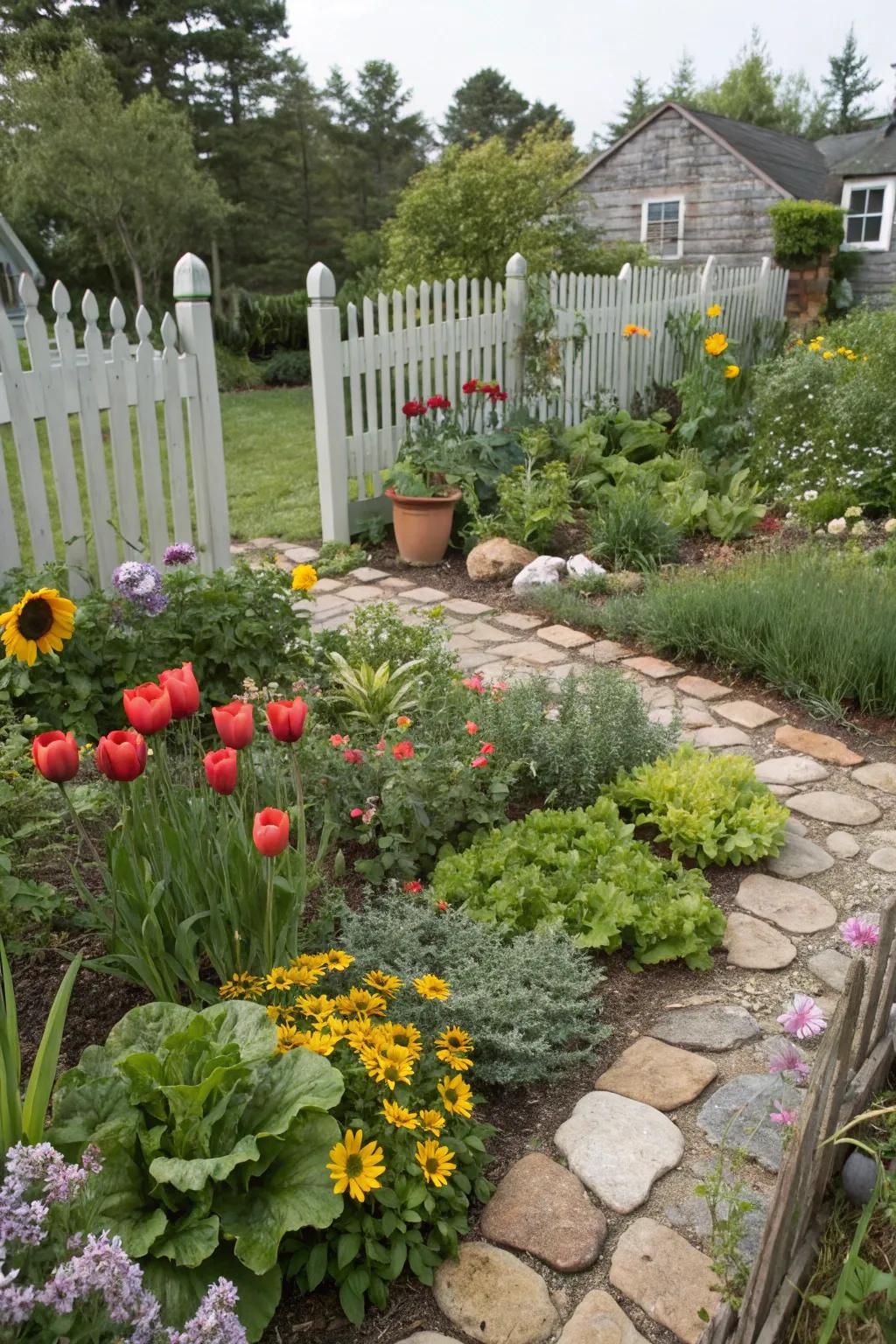
Embrace a mix of flowers, vegetables, and herbs in a charming, informal layout. This style thrives in Zone 6a, offering a whimsical and productive garden space.
You might like:
- Cottage Garden Flower Seed Mix: Create a vibrant and colorful garden with a mix of easy-to-grow cottage garden seeds.
- Decorative Garden Fence Edging: Add charm and structure to your garden with decorative fence edging for a classic look.
- Rustic Stone Garden Path Kit: Enhance your garden’s charm with a rustic stone path kit that blends beauty and functionality.
6. Incorporate Ornamental Grasses
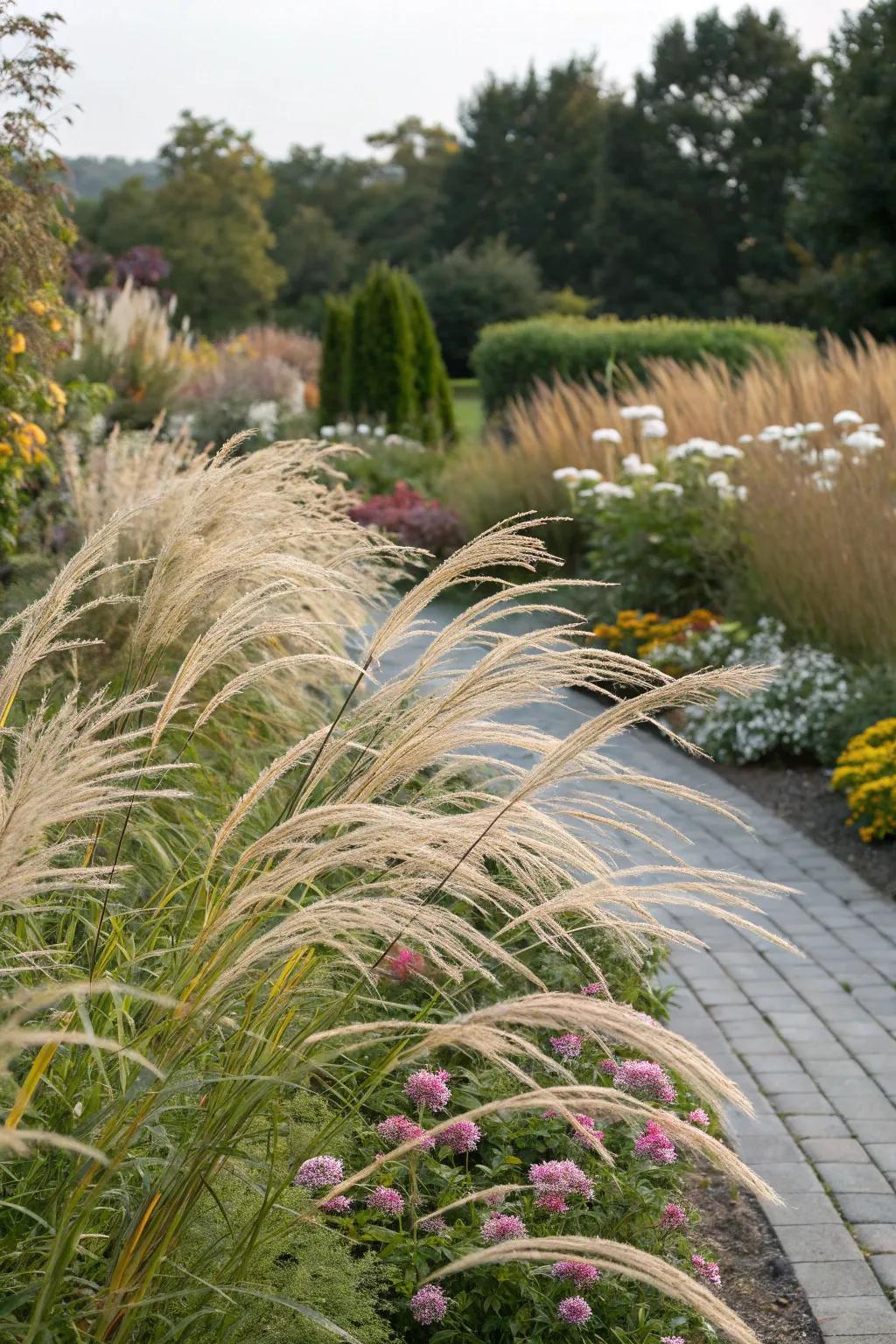
Add texture and movement with ornamental grasses like Miscanthus or Pennisetum. They thrive in Zone 6a and provide a beautiful contrast to colorful flowers.
You might give these a try:
- Miscanthus Sinensis Seeds: Transform your garden with lush Miscanthus sinensis, adding texture and elegance effortlessly.
- Pennisetum Setaceum Fountain Grass Seeds: Enhance your landscape with Pennisetum setaceum for a dynamic and visually captivating display.
- Garden Shovel with Wooden Handle: Ensure easy planting of ornamental grasses with a durable and ergonomic garden shovel.
7. Add a Water Feature
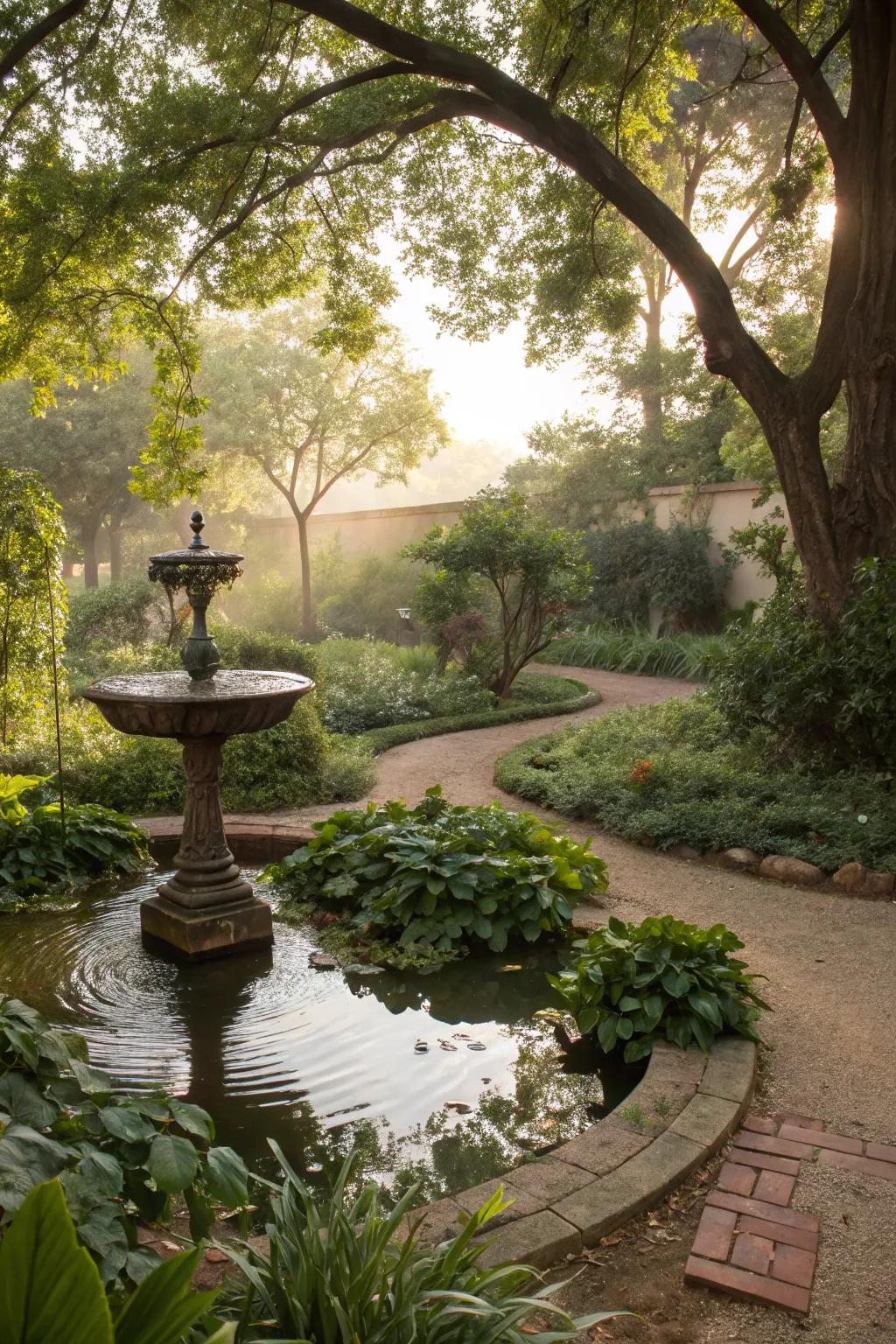
A small pond or fountain can transform your garden into a tranquil oasis. The sound of water adds soothing ambiance to any Zone 6a backyard.
Give these a look:
- Outdoor Garden Fountain: Enhance your garden’s tranquility with an elegant fountain that provides a calming water flow.
- Solar Water Pump Kit: Create an eco-friendly pond with a solar pump that offers continuous water circulation.
- Fish Pond Liner: Build a durable pond in your backyard with a reliable liner for lasting water retention.
8. Create a Meditation Garden
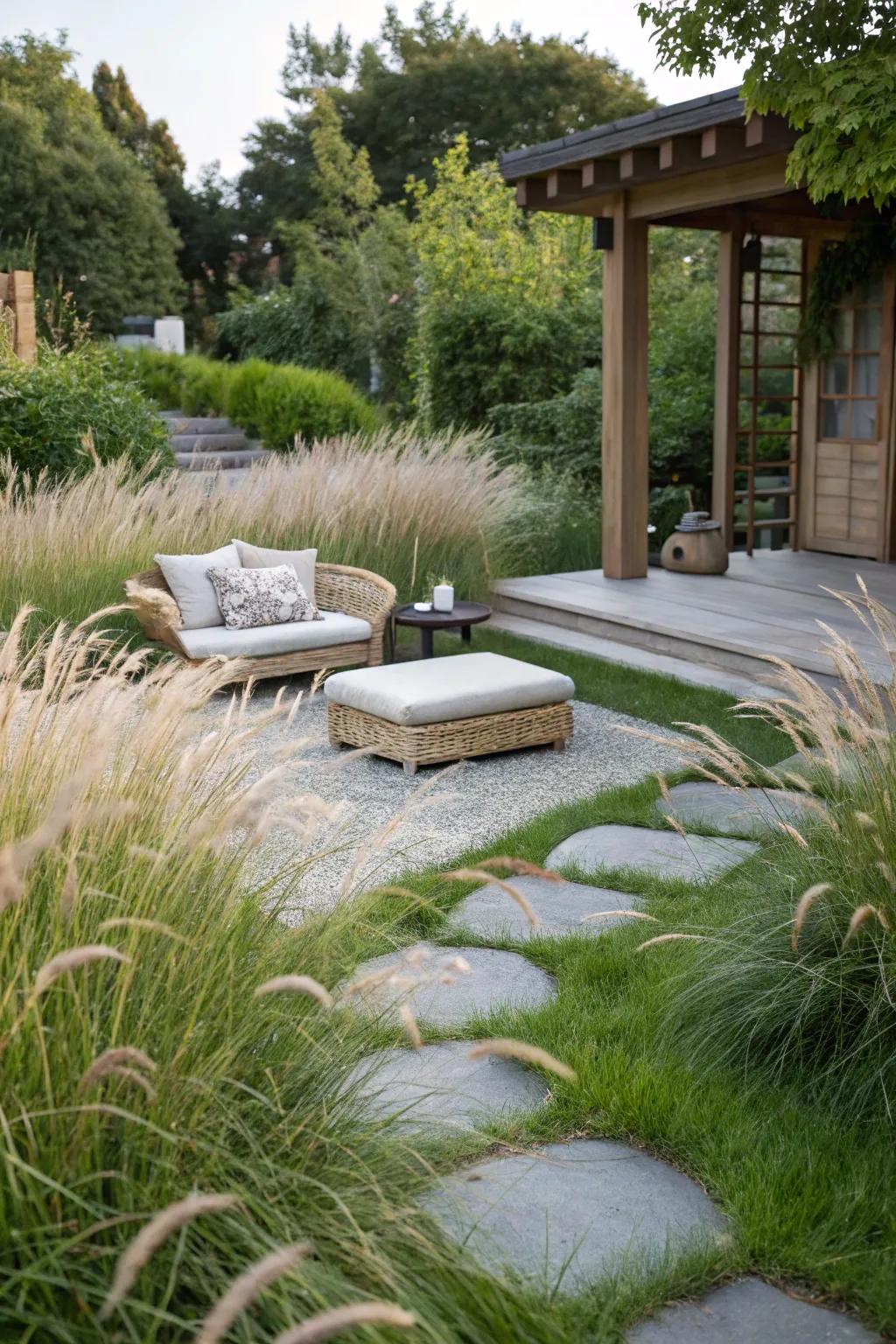
Incorporate elements like soft grasses and a simple seating area to foster relaxation. This space can be a mental retreat amidst the hustle of daily life.
Check these products out:
- Outdoor Lounge Chair: Relax in comfort with this weather-resistant outdoor lounge chair, perfect for any meditation space.
- Garden Stepping Stones: Enhance your garden’s aesthetic with durable stepping stones, creating a serene path for reflection.
- Decorative Outdoor Lanterns: Add tranquility to your garden with charming outdoor lanterns, ideal for evening meditation sessions.
9. Install a Garden Trellis
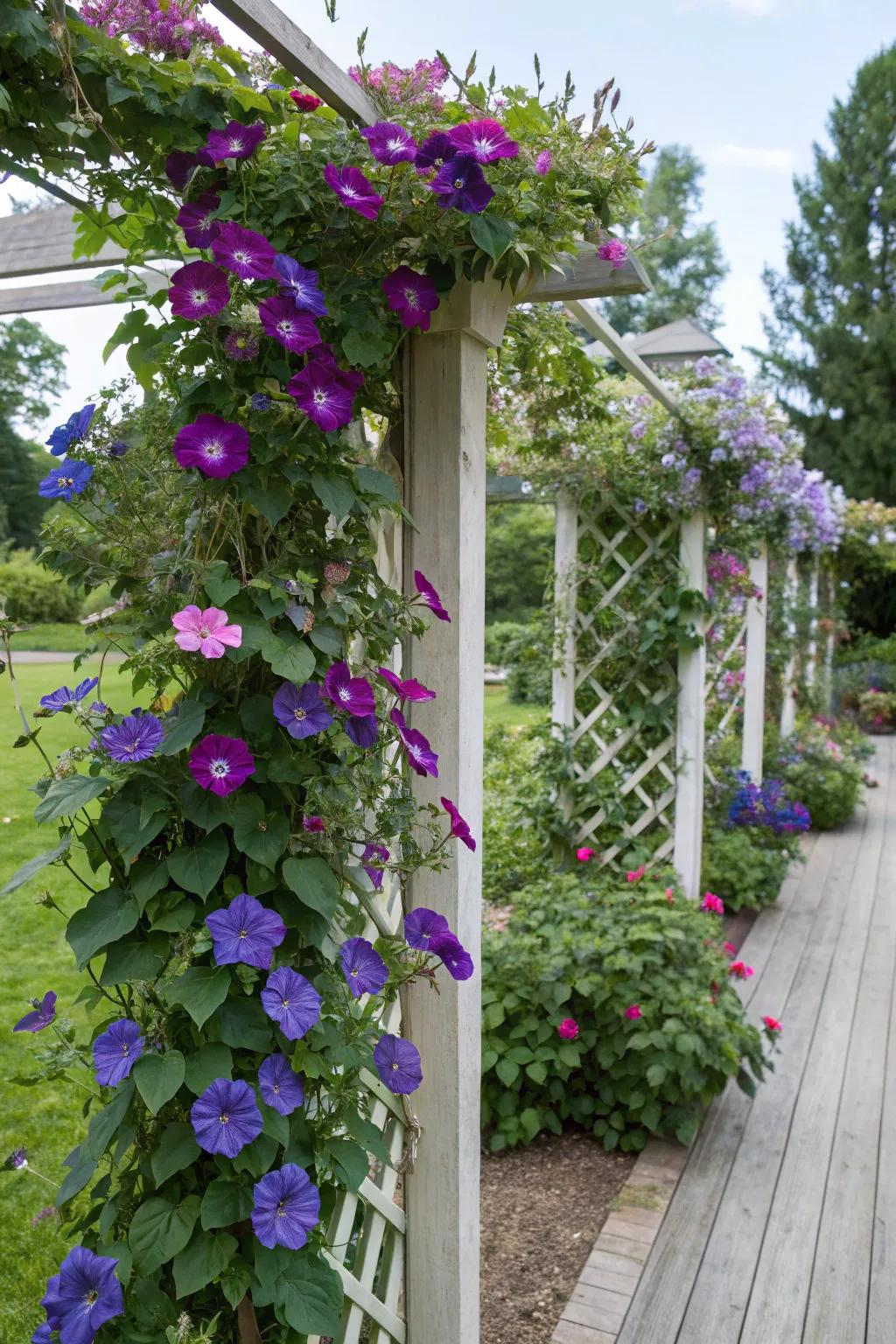
Use a trellis to support climbing plants like clematis or morning glories. This vertical space adds height and intrigue to your garden, perfect for small Zone 6a yards.
A few things you might like:
- Wooden Garden Trellis: Enhance your garden’s vertical space with a natural wooden trellis for climbing plants.
- Metal Arch Trellis: Support climbing plants with an elegant metal arch trellis, adding style to your garden.
- Expandable Garden Trellis: Easily adapt to your garden’s needs with an expandable trellis for versatile planting options.
10. Establish a Herb Spiral
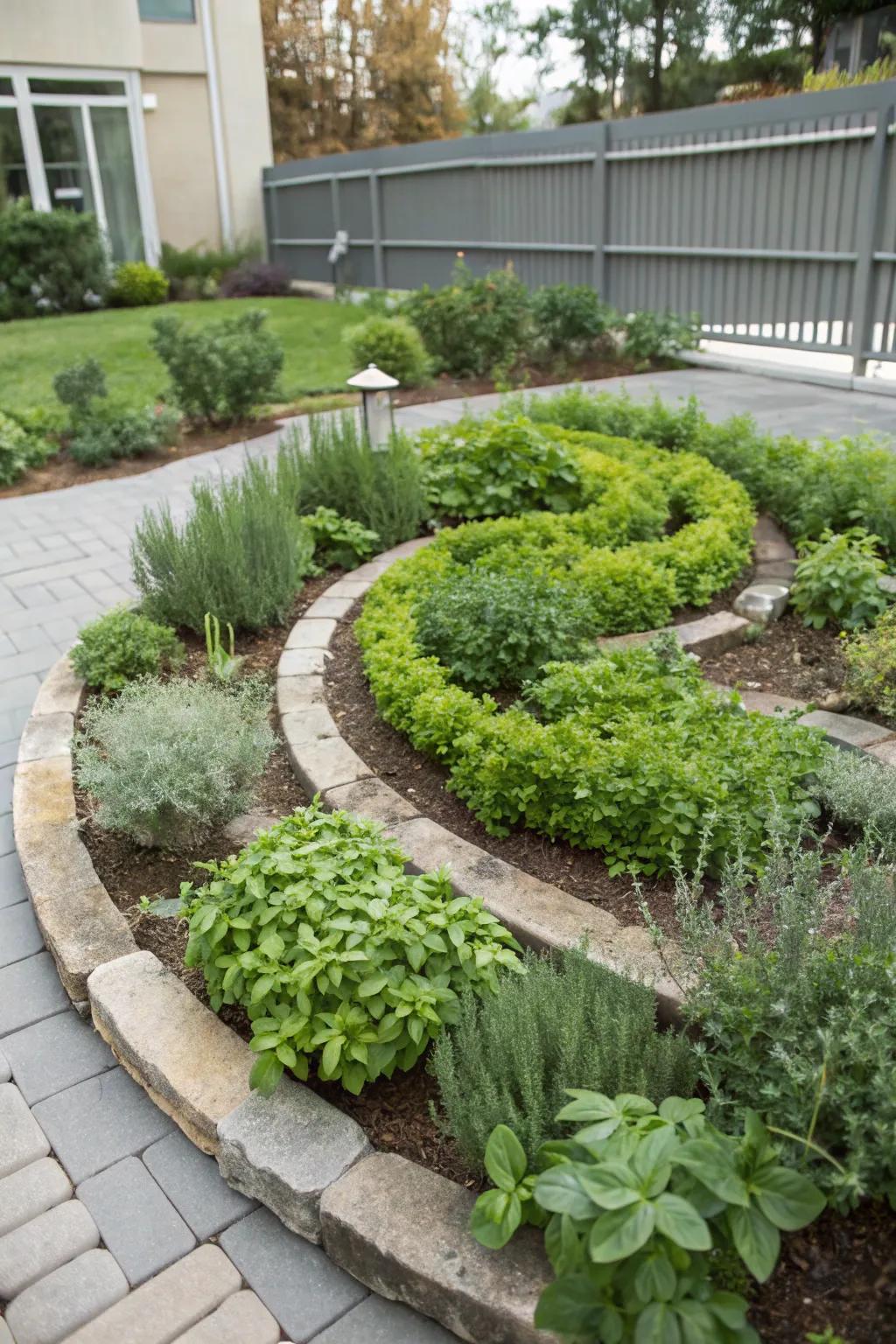
Create a spiral of herbs like basil, thyme, and oregano for easy access and efficient use of space. This design is perfect for limited garden areas in Zone 6a.
A few helpful options:
- Herb Spiral Raised Bed Kit: Transform your garden with an easy-to-assemble herb spiral kit for condensed, efficient planting.
- Organic Herb Seeds Variety Pack: Kickstart your herb garden with an assortment of organic seeds like basil, thyme, and oregano.
- Garden Soil for Herbs: Enhance your herb spiral’s growth with nutrient-rich, specially formulated garden soil.
11. Plant a Seasonal Flower Bed

Mix tulips, daffodils, and asters for a flower bed that blooms from spring to fall. These flowers are well-suited for Zone 6a’s climate, providing color almost year-round.
These products might help:
- Tulip Bulb Variety Pack: Enhance your garden with vibrant tulips that bloom beautifully during spring. Perfect for Zone 6a.
- Daffodil Bulbs: Brighten your landscape with daffodils that thrive in Zone 6a, offering stunning spring blooms.
- Aster Flower Seeds: Add autumn colors with asters that flourish in Zone 6a, extending your garden’s allure.
12. Integrate Edible Landscaping
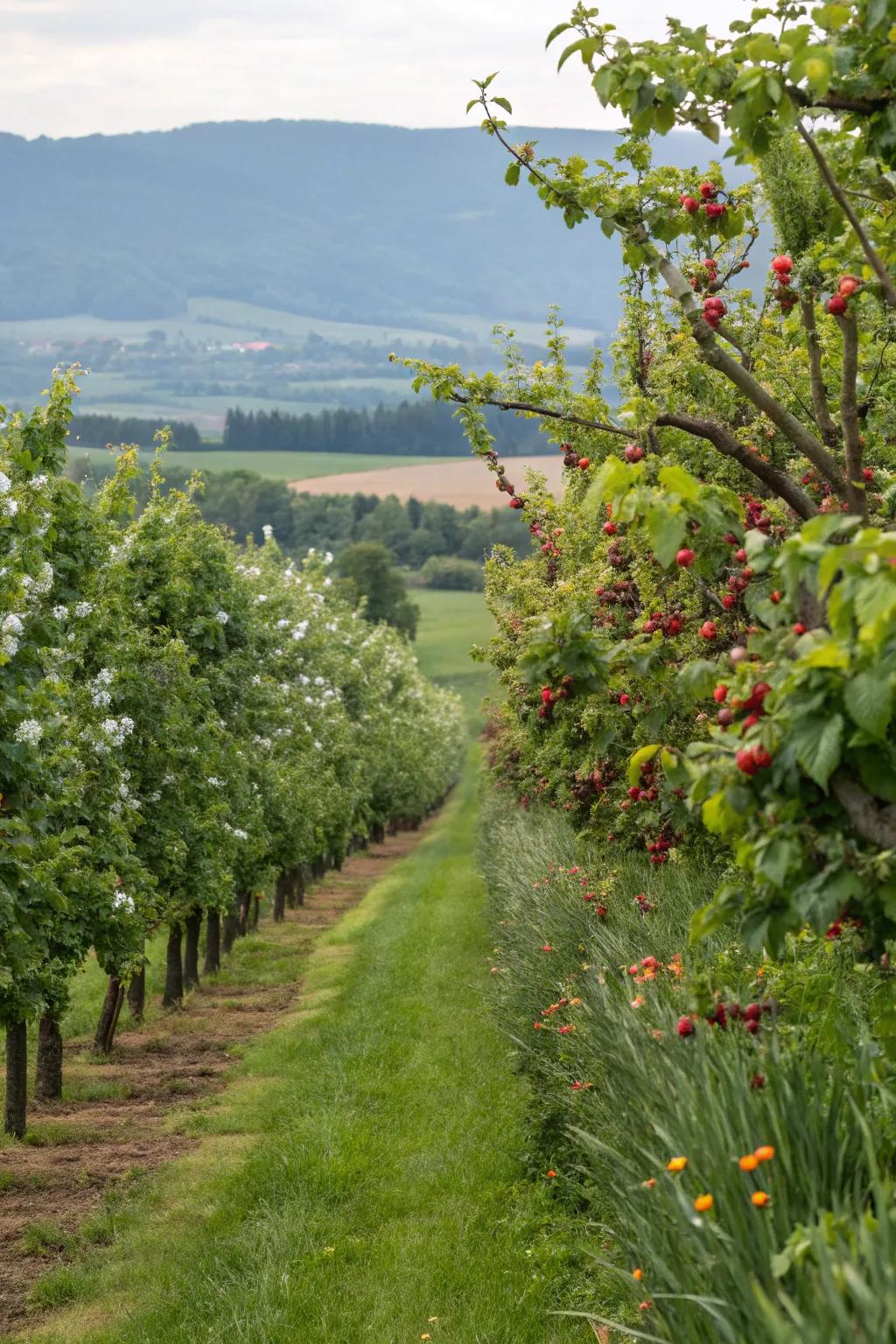
Blend beauty and utility by planting fruit trees or berry bushes as part of your landscape. Blueberries and dwarf apple trees are excellent choices for Zone 6a.
Possibly handy products:
- Blueberry Bush Starter Kit: Plant blueberry bushes and enjoy fresh fruit while enhancing your landscape’s beauty and utility.
- Dwarf Apple Tree Saplings: Grow your own dwarf apple trees for delicious harvests and a stunning landscape feature.
- Organic Fruit Tree Fertilizer: Boost your fruit trees’ growth and yield with this specially formulated organic fertilizer.
13. Construct a Rock Garden
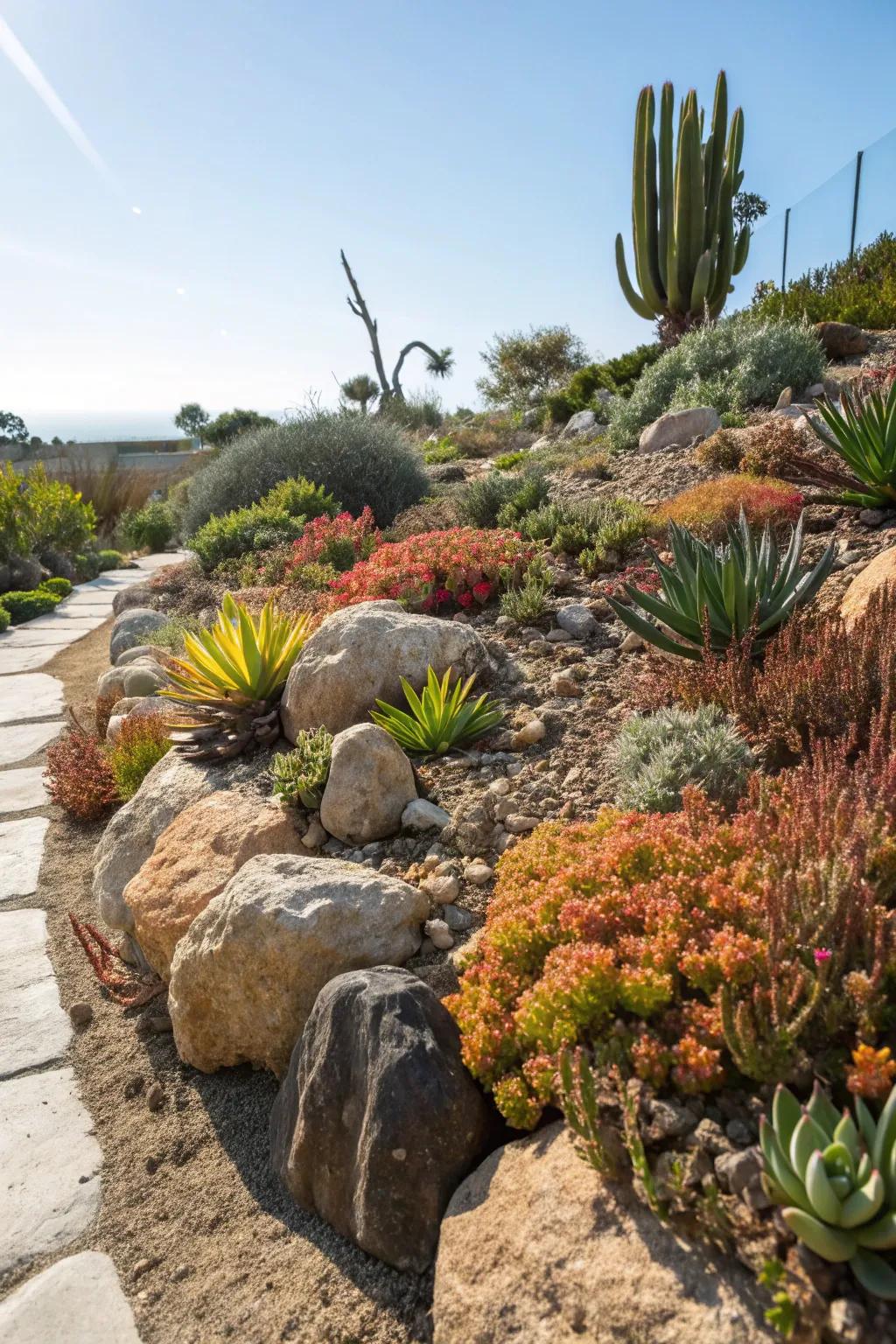
Use rocks and drought-tolerant plants like succulents to craft a low-maintenance garden feature. This setup thrives in sunny, dry spots typical in Zone 6a.
Might be a good match:
- Drought-Tolerant Succulent Plant Pack: Enhance your rock garden with robust succulents ideal for sunny, dry spots in Zone 6a.
- Natural Landscaping Stones: Create a stunning rock garden with versatile stones, perfect for enhancing your outdoor space’s aesthetic.
- Heavy Duty Landscape Fabric: Minimize weed growth and maintain your garden’s appeal with durable landscape fabric underlay.
14. Design a Vegetable Garden Layout
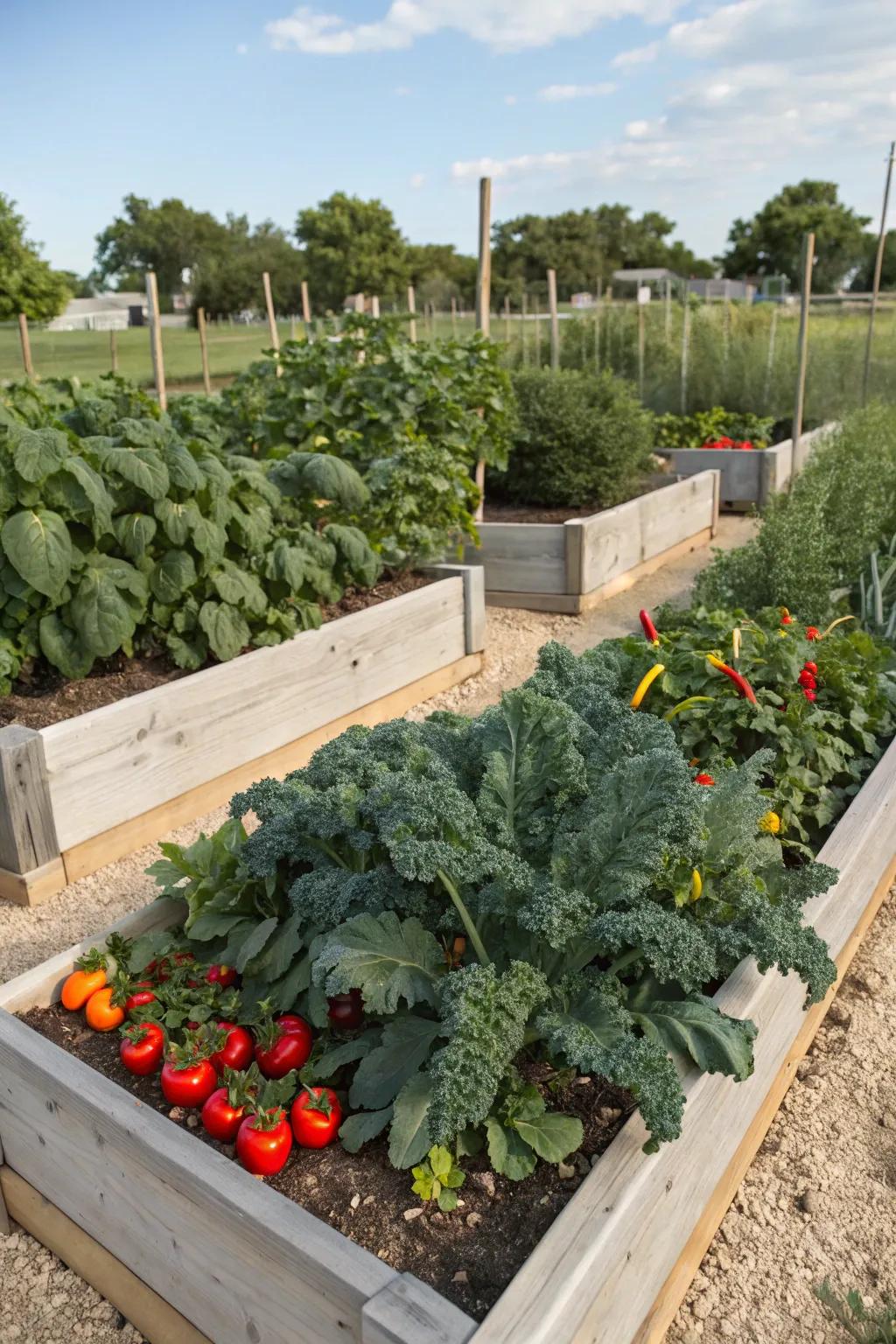
Utilize raised beds for easy maintenance and crop rotation. Plant cool-season veggies like kale and spinach early, then switch to tomatoes and peppers as the weather warms.
A few relevant products:
- Raised Garden Bed Kit: Start your vegetable garden easily with this durable, easy-to-assemble raised bed kit.
- Organic Vegetable Seeds Pack: Grow a variety of delicious, organic vegetables with this diverse seed pack.
- Drip Irrigation Kit: Keep your garden hydrated with this efficient and easy-to-install drip irrigation kit.
